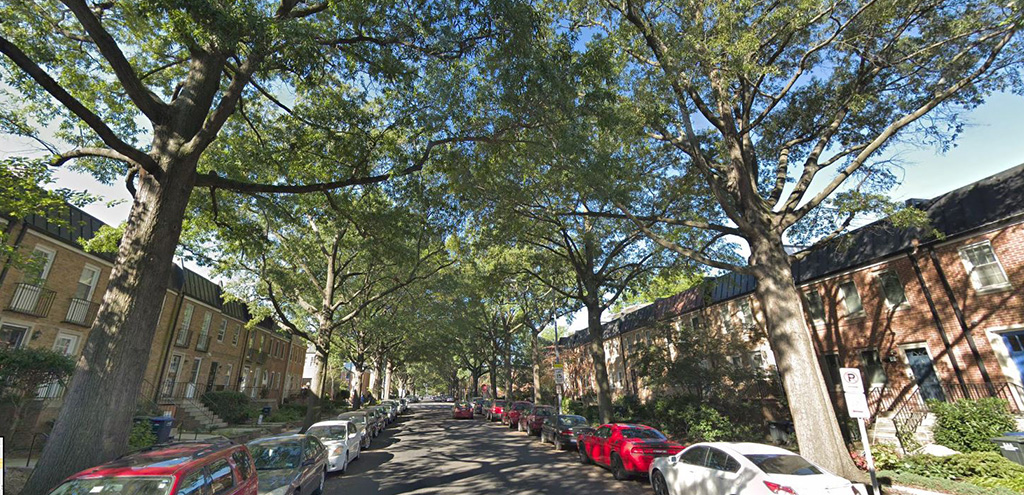THE LEAFLET

Meet the 2019 Recipients of the GCA Zone VI Fellowship in Urban Forestry
Each year we’re proud to team up with the Garden Club of America to help promote their $5,000 scholarship for urban and community forestry efforts. This not only provides needed funding for researchers but also showcases the commitment to data backed forestry efforts to further our field. The GCA VI Fellowship in Urban Forestry aims to advance the field of urban forestry and encourages students to study the planning, management, horticulture, and ecology of urban forests as well as the effect of healthy urban forests on people and the environment. Plus, it’s just plain inspiring to read about these students and their work!
Without further ado, the Class of 2019:
Avery Williams, American University
Working towards her Master of Science in Environmental Science, D.C.’s very own Avery won for her project: “Using High-Resolution Satellite Data to Track Phenological Shifts of Urban Vegetation for Individual Tree Scale Analyses.” This project aims to better understand the urban phenological shift in response to climate change in the city of Washington D.C. Studying a beacon of phenology, the Tidal Basin, throughout the 2019 and 2020 growing seasons, she’ll look at the phenological response on an individual tree level and to study site-specific responses to environmental change.
Brooke Saba McDowell, Virginia Commonwealth University
A Masters of Science in Gerontology student, Brooke won for her project, “Urban Forestry and the Effect on Longevity,” which ties nicely into her interest is in land use designed for longevity, successful and optimal aging of all residents, with consideration for sustainable and equitable urban planning. She’ll examine the impact of urban forestry on longevity, successful and optimal aging by considering sustainable and equitable urban planning, and examining how urban heat islands affect health disparities. The long-term goal of this project is to work toward making Richmond, VA a Blue Zone. A Blue Zone is a place of longevity equity where people have the opportunity to age beyond 100.
Elijah Catalan, Howard University
Another hometown hero and the only candidate for a Bachelor’s degree, Elijah’s project focuses on something near and dear to our hearts – the equitability and effects of access to wilderness in D.C. Using GIS software, he mapped satellite data on distance from parks and tree cover for census tracts within a 10-mile radius of D.C. Using census data on race and economics, he’ll investigate the relationships between a percent of a census tract that is composed of people of color and percent of each census tract below the poverty line with distance from parks and tree cover.
Erica McCormick, University of Texas at Austin
Our #CanopyAwards theme #RootstoRivers comes to life in Erica’s project, “Modeling the Effect of Urbanization on Trees in Riparian Settings.” While we all know urban forests provide measurable benefits to both human and ecological communities. What is less clear are the effects of urbanization and climate change on vegetation, and on riparian (riverside) systems in particular. Waller Creek, which runs directly through the University of Texas at Austin campus, is home to many large trees including Bald Cypress and Green Ash. Urbanization increases runoff and municipal water leakage into Waller Creek, causing it to have perennial streamflow which is not typical for the region. Her research will investigate the total-canopy effects of urbanization on large riparian trees.